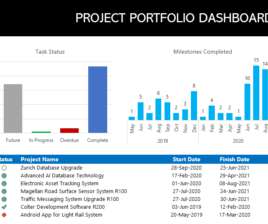5 Governance Steps for Distributed Project Team Management
LiquidPlanner
MARCH 20, 2018
Original thought can be a good thing, especially if your projects require innovation and ingenuity to deliver new and exciting products and services to your market. Whereas expectations tell the distributed project team what right looks like for individual and team behaviors, goals and objectives tell the team where to focus their energies.














Let's personalize your content